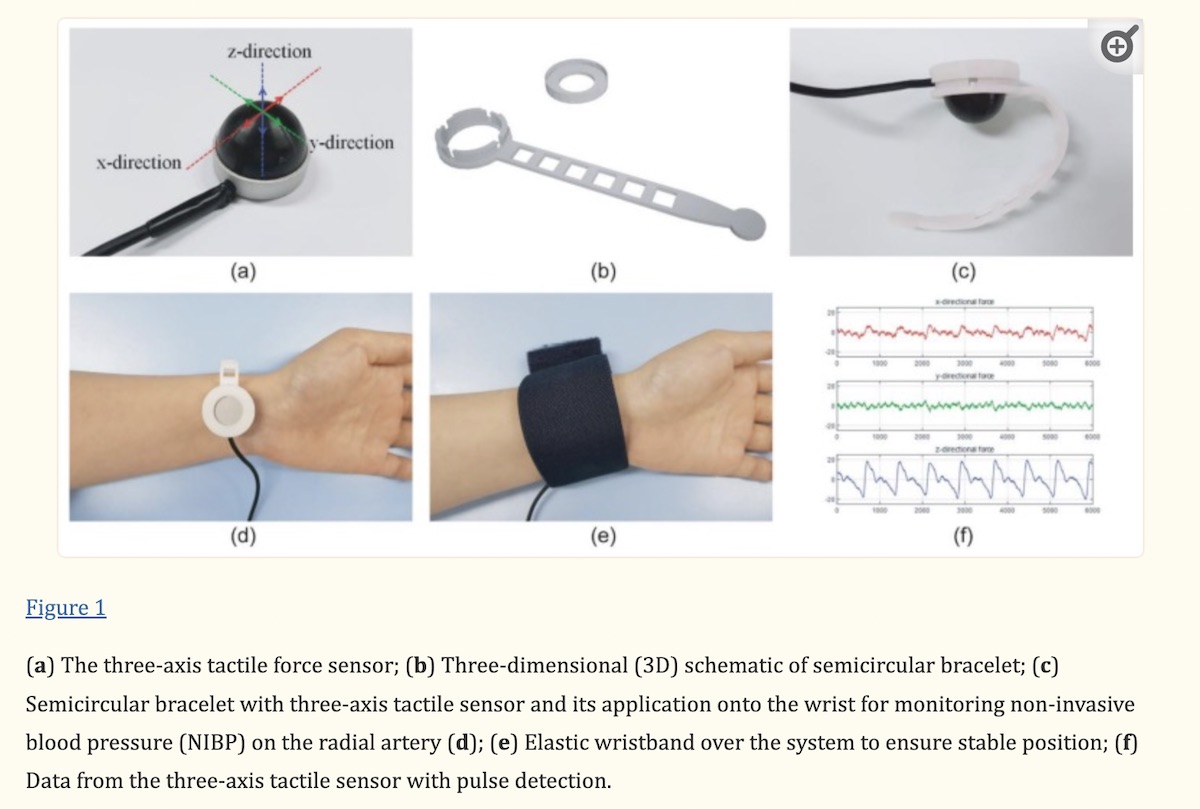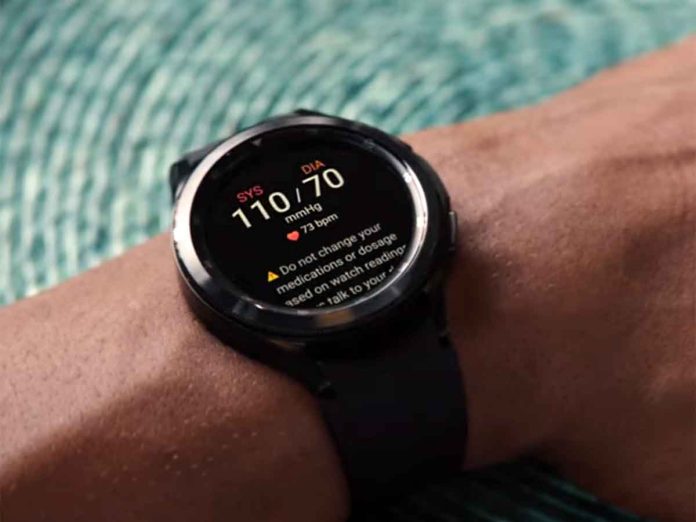Samsung is exploring new ways to improve the blood pressure monitoring feature on its Galaxy Watch. The central idea, it appears, is to incorporate a force inertial sensor along with the existing PPG sensor that helps with capturing pulse velocity data.
Samsung has had the Blood pressure monitoring feature on its smartwatches for some time now. The feature was made available when the company launched its Galaxy Active 2 in 2019. After several iterations of the Galaxy Watch, we are now on the Galaxy Watch 5 platform. Still, the features surrounding Blood pressure measurement have not changed so much on these latest watches from Samsung.
Contents [show]
Related Reading:
- 4 best blood pressure monitors that work with the Samsung Health app
- Lower your blood pressure using these Inspiratory Breath Training devices (IMST)
- New study shows an increase in your daily step count can do wonders for blood pressure management
- 3 Best Blood Pressure Monitors to use with Apple’s Health app
There is a good chance that the company is addressing its blood pressure monitoring handicaps with the next generation of Samsung Galaxy watches, the Galaxy Watch 6.
In a patent approved today, Samsung Electronics showcases its new thinking around measuring blood pressure on the Galaxy watch.
The new patent, “Apparatus and Method for Estimating Bio-information” was filed in late 2021 and approved today.

The major change as it pertains to blood pressure monitoring revolves around taking advantage of a force sensor on the watch. The new force sensor will be configured to measure a force applied by your finger to the pulse wave sensor, and a processor will be configured to detect a center of gravity based on pressure.
Cuffless blood pressure measurement methods generally include a method of estimating blood pressure by calculating a pulse transit time (PTT), and a pulse wave analysis (PWA) method of estimating blood pressure by analyzing a pulse wave shape.
The new design would help the watch estimate blood pressure, vascular age, arterial stiffness, aortic pressure waveform, vascular compliance, stress index, and fatigue level according to the patent.
The idea around the patent has some historical research context.
In April, 2019, a team of Korean scientists and researchers at the Seoul National University explored this issue in greater detail by leveraging a three-axis force sensor to estimate blood pressure on a wearable. The findings were published as ” Reliability and Validity of Non-invasive Blood Pressure Measurement System Using Three-Axis Tactile Force Sensor”.

There was other similar research work done in 2017 (See References 1 and 2 at the bottom of this article).
Challenges with the existing BP Monitoring on Galaxy Watch
The current estimation process on the Galaxy Watch is predominantly PPG driven. The PPG-based method detects changes in the diameter of blood vessels using a near-infrared image sensor without skin contact.
However, the measurement results can be affected by the position of the light source, and the capillary pressure monitored by a PPG-based device cannot reflect the full dynamic range of the diastolic and systolic arterial pressure.

The tactile-sensor-based method utilizes applanation principles to measure BP according to the magnitude of the pulsatile force.
This method is easy to use and less influenced by other factors such as body temperature, although calibration according to the shape and the position of the sensor is needed.
In the existing BP monitoring process on the Galaxy Watch, Users are still required to calibrate the watch with an FDA-approved blood pressure monitor before using the blood pressure feature and subsequently re-calibrate it every 28 days.
Moreover, the blood pressure monitoring feature on the Galaxy Watch has not been approved by FDA and is not available to US users (unless they sideload it).
The research paper from the Korean study in 2019 showed promising results.
“In the present study, BP values from the three-axis tactile force sensor were proved to be reliable and reproducible in comparison with the oscillometric tonometer. There was a strong linear relationship between the cuff-based NIBP(noninvasive blood pressure monitoring) and the 3D force sensor value in both short-term and long-term measurement in a sitting position. This high correlation with the cuff-based NIBP was evident not only as the baseline-corrected raw data but also as the calibrated BP.”
Samsung Blood Pressure Monitoring feature changes
In Samsung’s implementation of this method, the 3-axis tactile force sensor is integrated into the back of the watch along with the PPG sensors and the user is prompted to apply force using finger tip on the watch’s display.

Users are prompted to press their fingertip on the watch screen display and guided through the process.

The Galaxy watch in turn uses the information from the PPG sensor along with the new readings from the tactile/force sensor to help with a more accurate estimation of systolic and diastolic BP readings.
The new UI/UX images shown in the patent today for the Galaxy Watch are clearly a different process for the blood pressure measurement feature than what exists today on the Samsung Galaxy 5.
Not all patent ideas make it to a product, but in this case we are feeling confident. Given the current issues surrounding the existing BP feature on the Galaxy Watch, and the research background pertaining to using force sensors, we strongly feel that this change could come as early as the Galaxy Watch 6.
It will be interesting to see if and how this plays out on the Samsung Galaxy Watch 6. As of now, they are still the only company with a blood pressure monitoring feature on a smartwatch.
References
1. Foldi S., Horvath T., Zieger F., Sótonyi P., Cserey G. A novel non-invasive blood pressure waveform measuring system compared to Millar applanation tonometry. J. Clin. Monit. Comput. 2017;32:717–727. doi: 10.1007/s10877-017-0070-7. [PubMed] [CrossRef] [Google Scholar]
2.. Kirstein K.U., Sedivy J., Salo T., Hagleitner C., Vancura T., Baltes H. A CMOS-Based Tactile Sensor for Continuous Blood Pressure Monitoring; Proceedings of the Design, Automation and Test in Europe Conference and Exhibition; Munich, Germany. 7–11 March 2015; [CrossRef] [Google Scholar]







